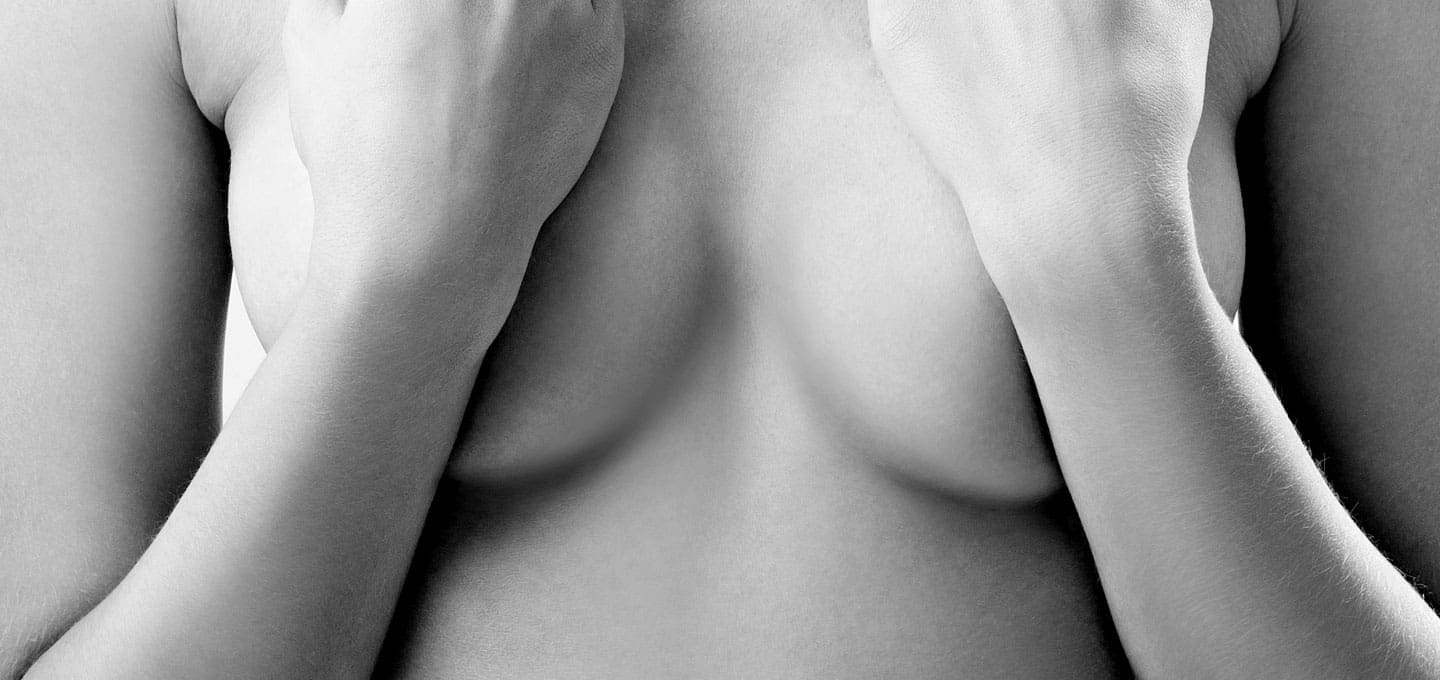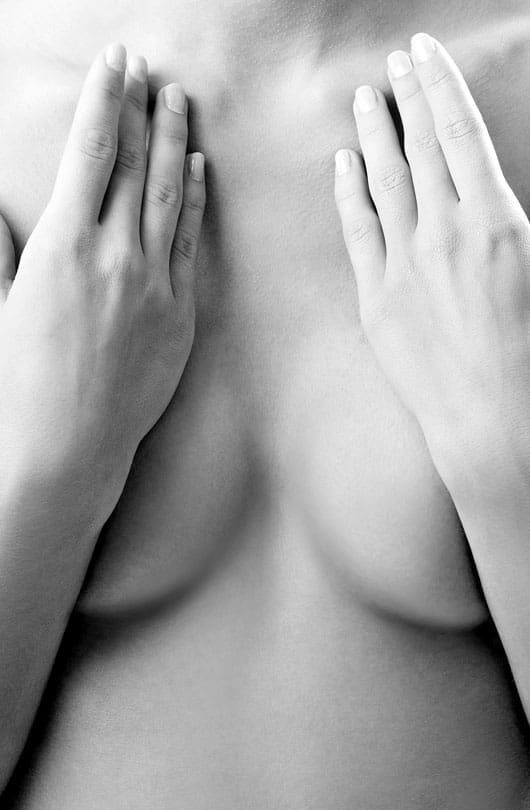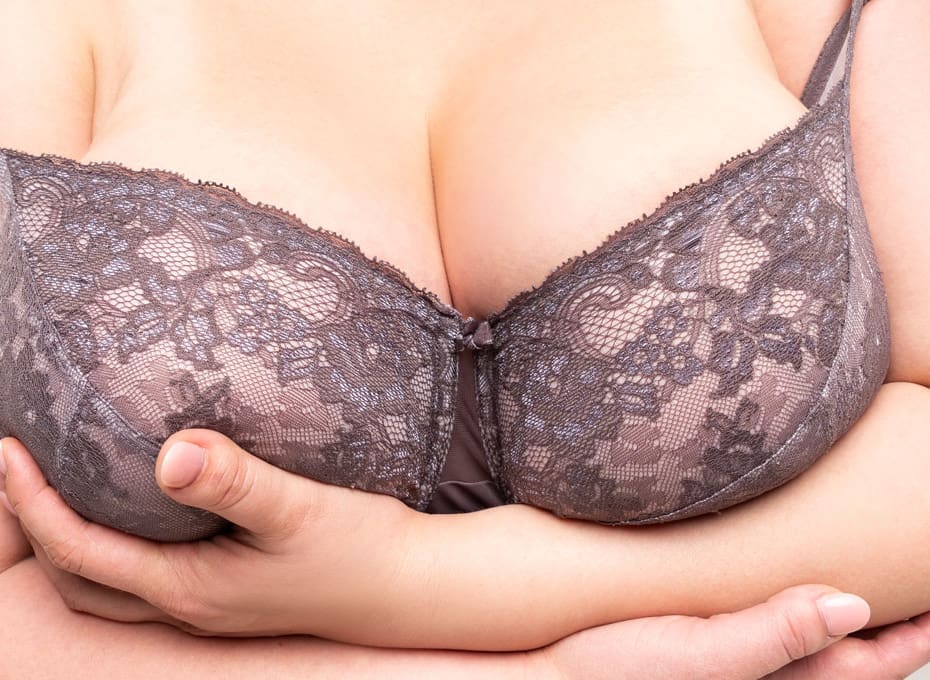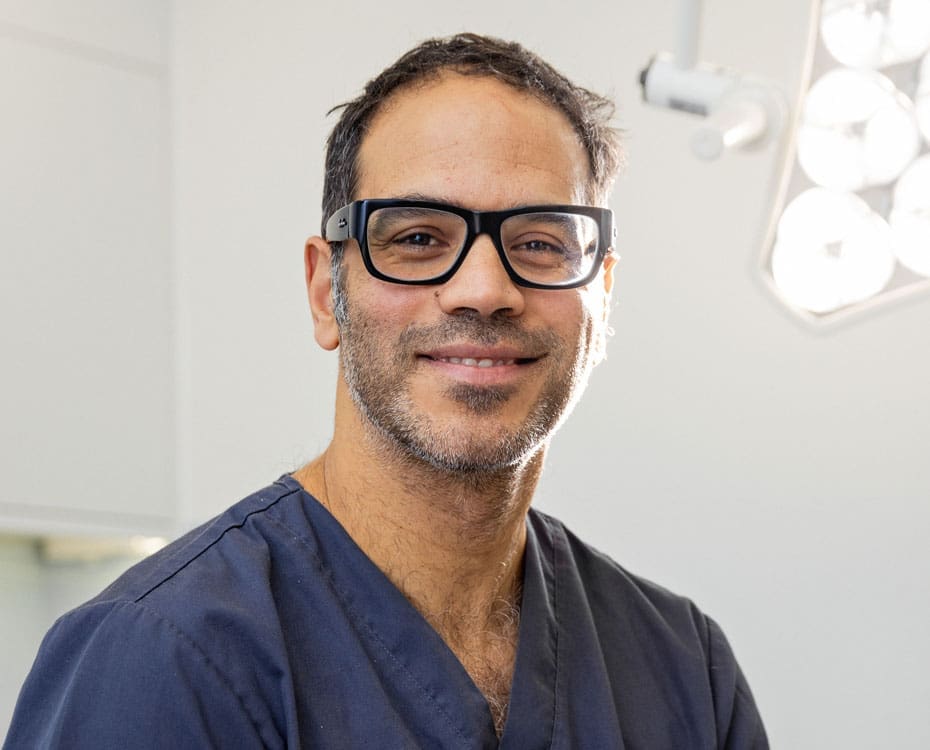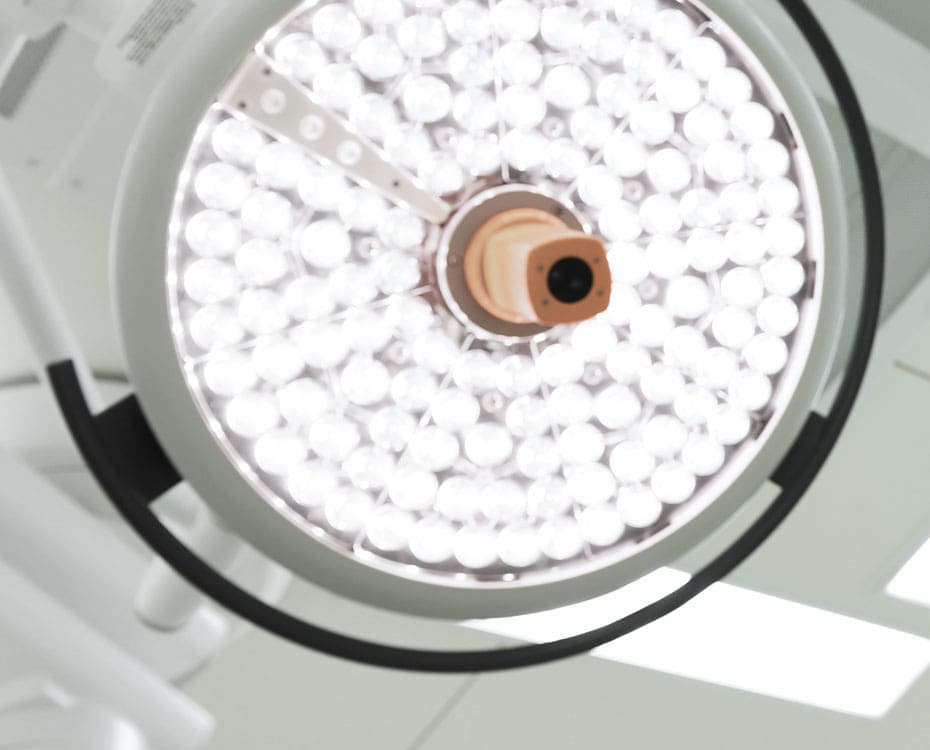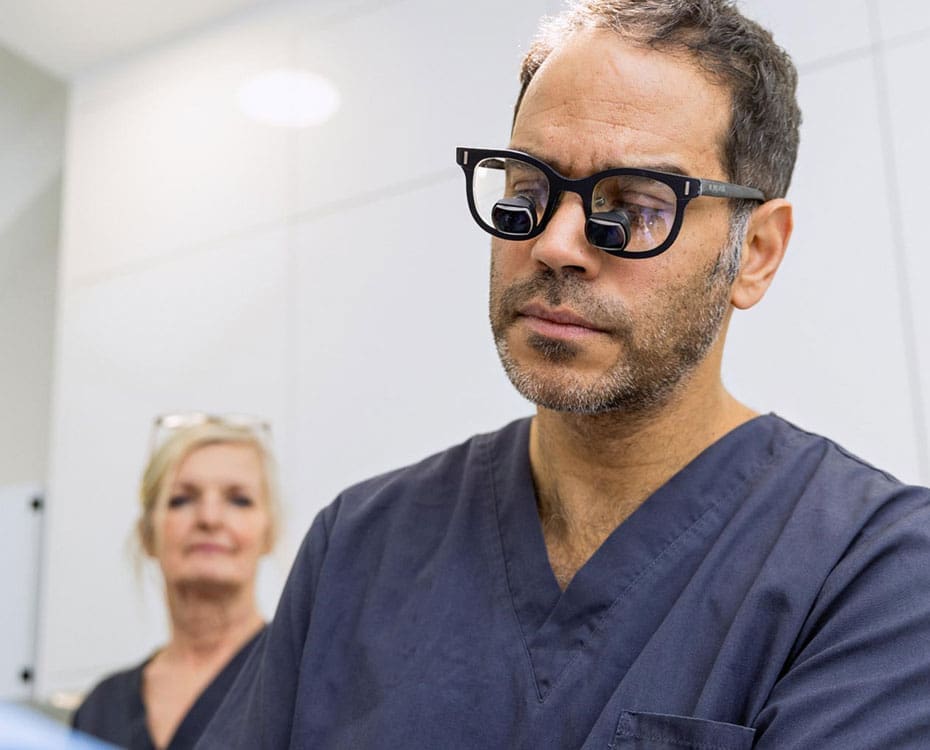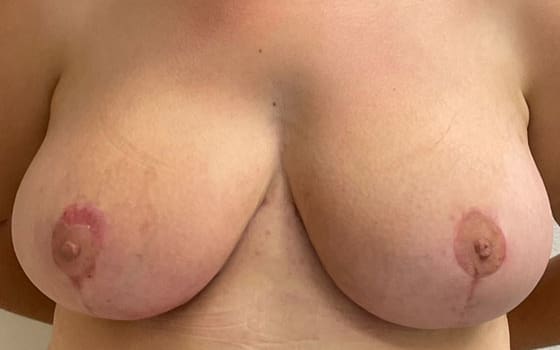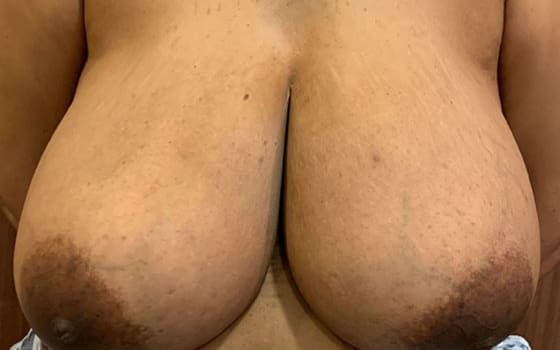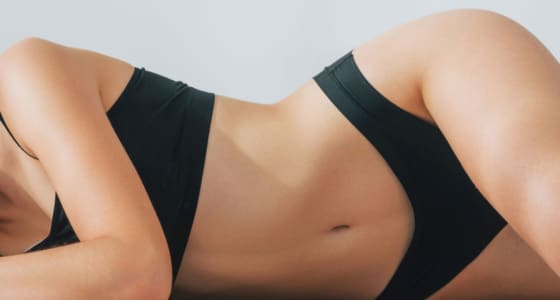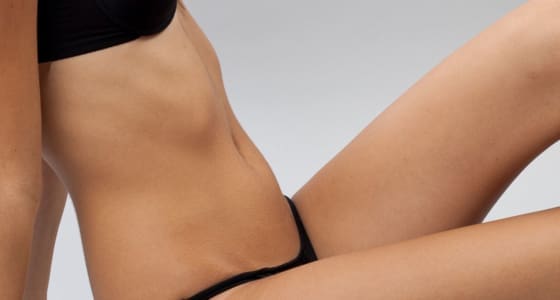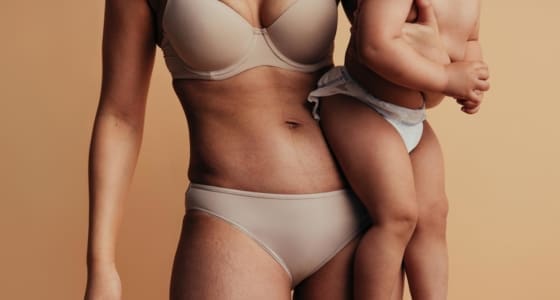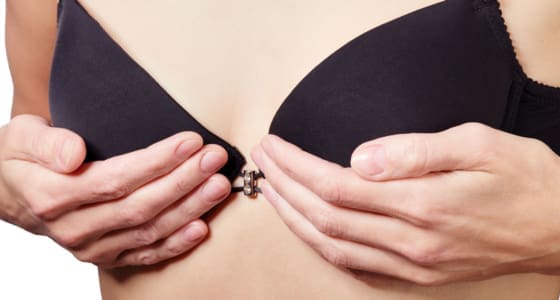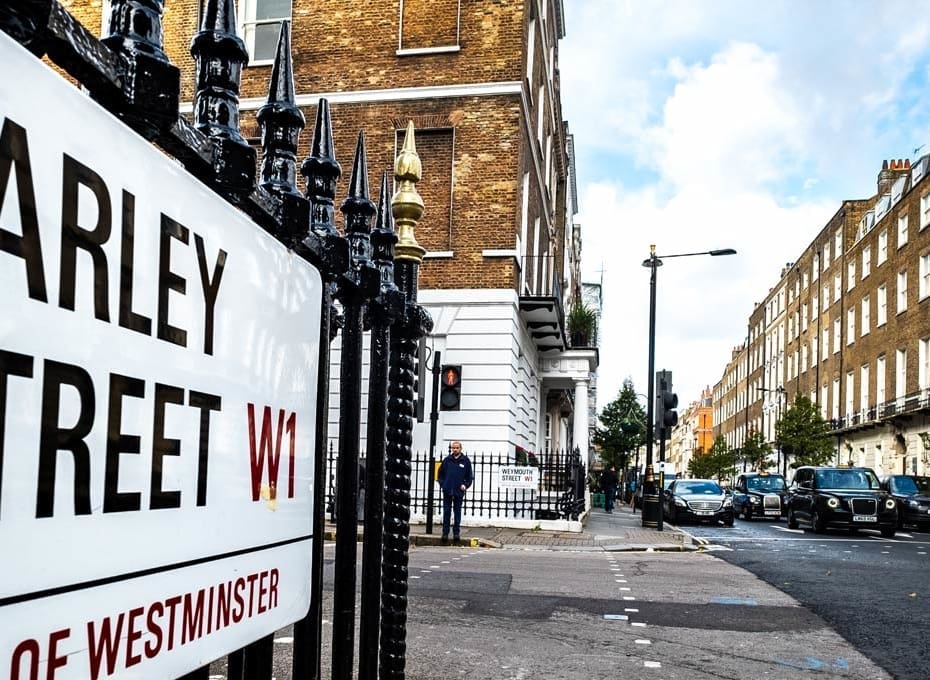Breast reduction is a surgical procedure that reduces the size and weight of the breasts by removing excess tissue. It can have many physical benefits for women with large and heavy breasts.
Large breasts can cause back and neck pain that greatly impacts the quality of life for many women, especially as they grow older. When it is difficult to find clothes or bras that fit in the chest, people grow self-conscious about their bodies, losing self-esteem.
There are many reasons why people seek breast reduction, and Dr Abood takes the time to understand them all.
From his Harley Street clinic, Dr Abood can improve the shape of the breasts during breast reduction, making them more symmetrical and more proportionate in appearance.
Dr Abood is not only an expert in his field, but treats every client as an individual, providing a bespoke service that supports you from initial enquiry through to aftercare.
At AA Plastic Surgery, we want to understand your reasons for seeking breast reduction so that we can give you the best results possible.
To enquire about breast reduction at our Harley Street clinic, please email enquiries@dr-abood.co.uk or call 0800 233 5088.
